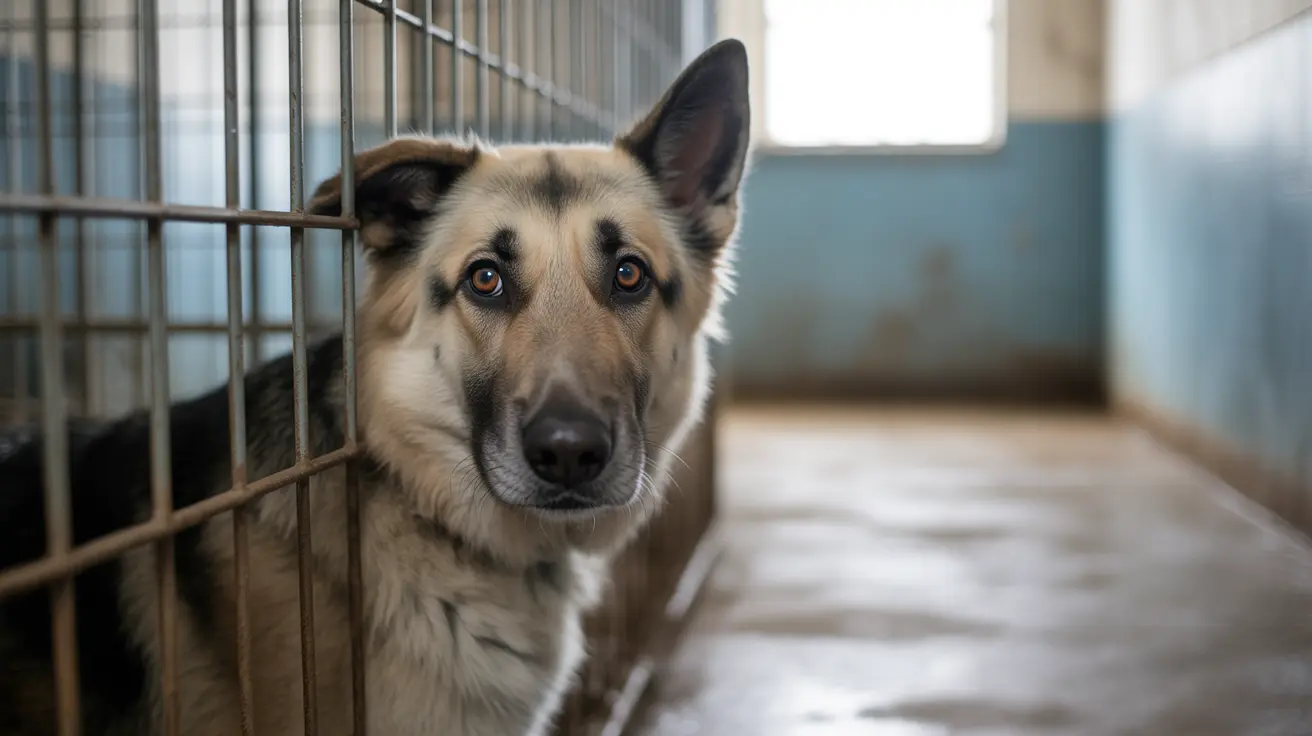When it comes to serious vascular conditions in dogs, arteriovenous malformations (AVMs) and fistulas represent complex challenges that require careful attention and proper medical intervention. While these conditions are relatively rare in dogs, understanding their impact on your pet's health is crucial for early detection and successful treatment.
In this comprehensive guide, we'll explore everything you need to know about fistulas and arteriovenous malformations in dogs, including their causes, symptoms, diagnostic approaches, and treatment options.
What Are Arteriovenous Malformations and Fistulas?
Arteriovenous malformations and fistulas are abnormal connections between arteries and veins in a dog's body, most commonly occurring in the liver. These vascular anomalies create direct pathways between blood vessels that normally shouldn't be connected, bypassing the essential capillary network that helps filter and regulate blood flow.
These conditions can be either congenital (present at birth) or acquired through trauma or disease. When located in the liver, they can significantly impact your dog's overall health by disrupting normal blood flow and liver function.
Recognizing the Signs and Symptoms
Dogs suffering from arteriovenous malformations or fistulas may display various symptoms, which often develop gradually over time. Common signs include:
- Decreased energy and lethargy
- Loss of appetite
- Unexplained weight loss
- Increased thirst and urination
- Abdominal swelling
- Vomiting and diarrhea
- Neurological symptoms (in advanced cases)
Diagnosis and Detection
Veterinarians use several diagnostic tools to identify and assess vascular anomalies in dogs:
- Comprehensive physical examination
- Abdominal ultrasound with Doppler imaging
- CT angiography
- Nuclear scintigraphy
- Blood tests to evaluate liver function
- Specialized contrast studies
Treatment Approaches and Management
Treatment for arteriovenous malformations and fistulas typically involves a multi-faceted approach:
Surgical Intervention
In cases where the affected area is localized, surgical removal or ligation of abnormal vessels may be recommended. This can include partial liver lobe removal or targeted vessel closure.
Minimally Invasive Procedures
Advanced interventional techniques, such as coil embolization or the use of special medical adhesives, can help block abnormal blood flow while preserving healthy tissue.
Ongoing Medical Management
Some dogs require long-term medical management, including:
- Specialized diets
- Medications to manage complications
- Regular monitoring of liver function
- Management of secondary conditions
Long-term Prognosis and Care
The outlook for dogs with arteriovenous malformations or fistulas varies depending on several factors, including the extent of the condition, timing of diagnosis, and response to treatment. While some dogs achieve excellent results with proper intervention, others may require ongoing management throughout their lives.
Frequently Asked Questions
What are the symptoms of a liver arteriovenous malformation or fistula in dogs?
Common symptoms include lethargy, decreased appetite, weight loss, increased thirst and urination, abdominal swelling, and in some cases, neurological signs. These symptoms often develop gradually and may worsen over time.
How is a liver fistula or arteriovenous malformation diagnosed in dogs?
Diagnosis typically involves a combination of physical examination, advanced imaging (such as ultrasound with Doppler, CT angiography), and blood tests to assess liver function. Sometimes, contrast studies may be necessary for detailed vascular mapping.
What treatment options are available for dogs with a liver arteriovenous fistula?
Treatment options include surgical intervention to remove or close affected vessels, minimally invasive procedures like coil embolization, and ongoing medical management. The chosen approach depends on the specific case and extent of the condition.
Can a dog recover from a liver arteriovenous malformation, and what is the long-term prognosis?
Recovery and prognosis vary significantly between cases. Some dogs respond well to treatment and maintain good quality of life, while others may require ongoing management. Early detection and appropriate intervention improve outcomes.
What lifestyle or dietary changes should I make for my dog after a diagnosis of liver vascular disease?
Dietary modifications often include a liver-friendly diet low in protein, regular exercise as tolerated, and careful monitoring of water intake. Your veterinarian will provide specific recommendations based on your dog's condition and response to treatment.






